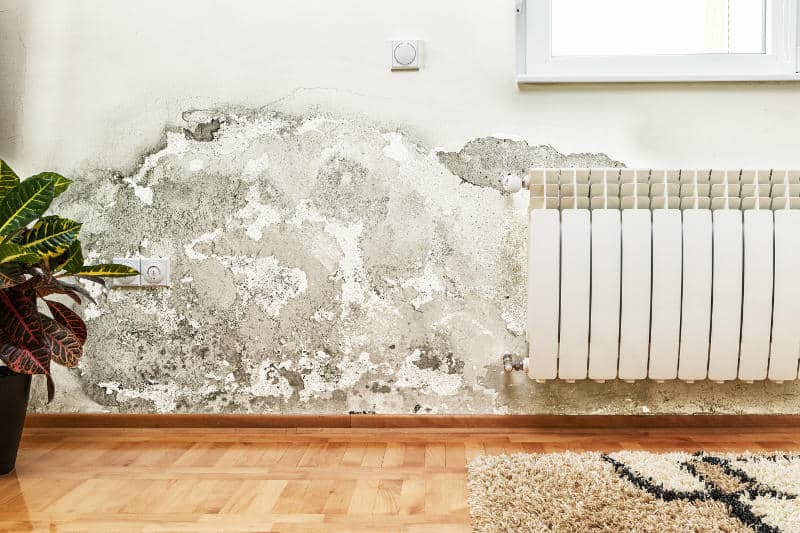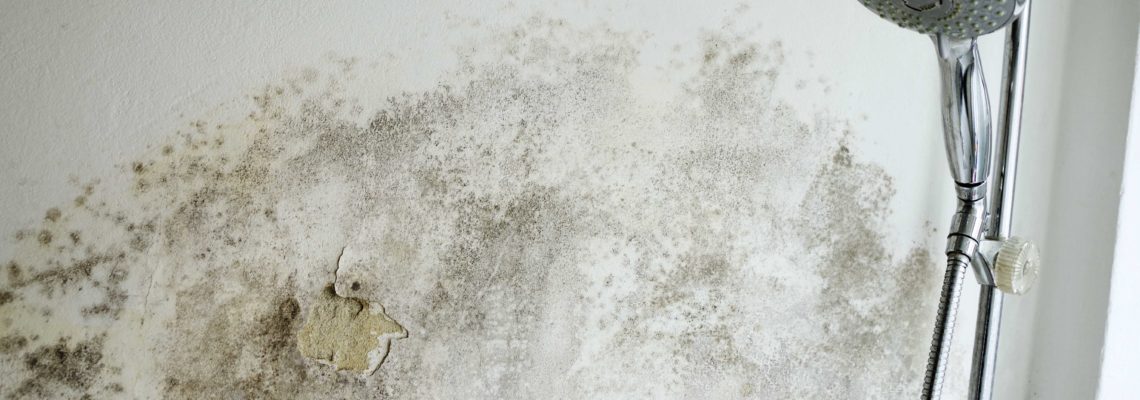Tips on Dealing with Water Stains on Walls: Checks and Solutions
Tips on Dealing with Water Stains on Walls: Checks and Solutions
Blog Article
We've noticed this post about How to Find and Repair Water Leaking in the Wall below on the internet and think it made good sense to discuss it with you over here.

Water spots on walls are not positive to the eyes. Occasionally it appears nearly unavoidable to experience water discolorations on wall surfaces in homes.
Homeowners staying in moist regions frequently handle the worry of water discolorations on walls. However that doesn't have to hold true for you. With accurate as well as well-shaped information on the root causes of water discolorations and punctual repair processes, you will certainly constantly be a step ahead of such incidents. This article assures to be an useful overview for you.
3 Typical Root Causes Of Water Discolorations on Walls
Contrary to popular belief, water discolorations on walls do not constantly originate from poor structure products. There are several reasons for water discolorations on walls. These include:
Poor Drain
When making a structure plan, it is important to guarantee ample drainage. This will prevent water from seeping into the wall surfaces. Where the water drainage system is clogged or nonexistent, below ground dampness develops. This web links to excessive wetness that you discover on the walls of your building.
The leading cause of wet wall surfaces, in this instance, can be an inadequate drain system. It can also be because of bad administration of sewer pipelines that go through the structure.
Wet
When warm wet air meets completely dry cool air, it causes water beads to base on the wall surfaces of structures. This occurs in bathrooms and also cooking areas when there is vapor from food preparation or showers. The water droplets can stain the surrounding walls in these parts of your home and infect various other locations.
Moist or condensation impacts the roofing system and wall surfaces of structures. This creates them to show up darker than other areas of the home. When the wall surface is wet, it produces a suitable environment for the development of microorganisms and fungis. These may have adverse results on health and wellness, such as allergies and also breathing disorders.
Pipeline Leaks
Many residences have a network of pipes within the walls. This ensures that the pipelines are well away from the reach of destructive rats. It constantly enhances the viability of such pipelines, as there is little oxygen within the walls. This discourages rust.
A downside to this is that water leak impacts the walls of the structure and creates extensive damages. An indicator of faulty pipelines is the appearance of a water tarnish on the wall.
Water Discolorations on Wall: Fixing Tips
When dealing with water spots, property owners would generally want a fast solution. They would certainly soon realize this is counterproductive as the water discolorations reoccur. So, right here are a few useful pointers that will certainly direct you in the repair of water discolorations on wall surfaces:
Pro Idea
A houseplant in your home additionally enhances its moisture. So, if your home is currently damp, you might wish to present houseplants with very little transpiration. An instance of suitable houseplants is succulents.
Verdict
No one wants to have water discolorations on walls in their house, it can happen to the finest of us. This post offers you take advantage of, as you now recognize how to manage this problem if it does occur.
It is constantly best to hire specialist solutions to aid deal with the problems in your house.
Often it appears nearly inescapable to experience water spots on walls in homes.
Contrary to popular belief, water discolorations on wall surfaces do not constantly stem from poor building products. There are numerous reasons of water spots on walls. The water droplets can stain the bordering wall surfaces in these parts of your home and also spread to various other locations.
Right here are a few helpful ideas that will certainly guide you in the fixing of water spots on walls:
CHECKING FOR WATER DAMAGE
Water damage can be costly, and it may begin before you even notice the first signs of trouble. Water damage can cause mold and mildew in your walls and floors, which can create an abundance of health concerns for your family. It can also lead to costly repairs of various appliances and general home fixtures. To avoid the pricey consequences of water damage, here are Warner Service s top 5 places you should check:
The walls The easiest place to spot the beginnings of water damage is on the walls and ceilings of your home. If water damage is present, there will most likely be water stains, especially around the windows and doorframes, and/or cracks in the drywall. If a stain looks unusual (discolored to brown, black or gray, raised texture), has a swollen appearance or is soft to the touch, contact a professional immediately. The pipes To avoid water damage, consistently check the pipes in your kitchen (especially the dishwasher and ice maker), bathrooms, laundry room (specifically washing machines) and basement for corrosion, leaks and water stains. Pay special attention to where the pipes connect in your home and the location of caulking around the bathroom fixtures, including toilets, sinks, showers and tubs. Missing or loose caulking and grout could be signs of leaking water. This seepage can also quickly cause mold and rust, so double check your water heater and tank for wet spots on the floor. The floor Water damage is very easy to spot on the floor. Look for any warping or buckling of the material, especially in the basement. If your home has wood flooring, look for bright white or dark stains. If your home has carpeting, keep it dry and clean. A damp carpet that smells of mold could cause water damage and health problems. To avoid this, consider installing floor pans under your appliances to help prevent damages from small, slow and undetected leaks. The basement and attic If your basement or attic smells odd check for mold and mildew around the area, especially the valley where the roof meets. While you are inspecting those areas, check for wall cracks, floor stains, rust and dampness in the insulation. If you live in a colder and/or rainier climate, perform routine checks for water damage from melting snow or ice and rain. The exterior Check the roof for damaged flashing and missing, cracked or curled shingles. There should also be no standing water anywhere outside your home. This could be caused by puddles, leaky rain gutters or hoses, poor drainage, or short gutter spouts. Invest in a sump pump system or water flow monitoring system, and perform routine maintenance on these outdoor appliances to avoid indoor water damage.

Hopefully you enjoyed our excerpt about Water Stains on Walls. Thank you for finding the time to read our posting. So long as you liked our blog entry please make sure you remember to pass it around. Thank you for taking the time to read it.
Visit My Web Page Report this page